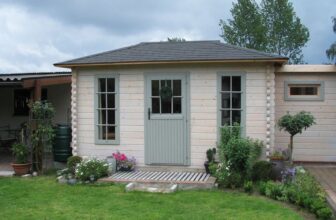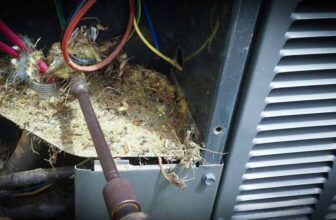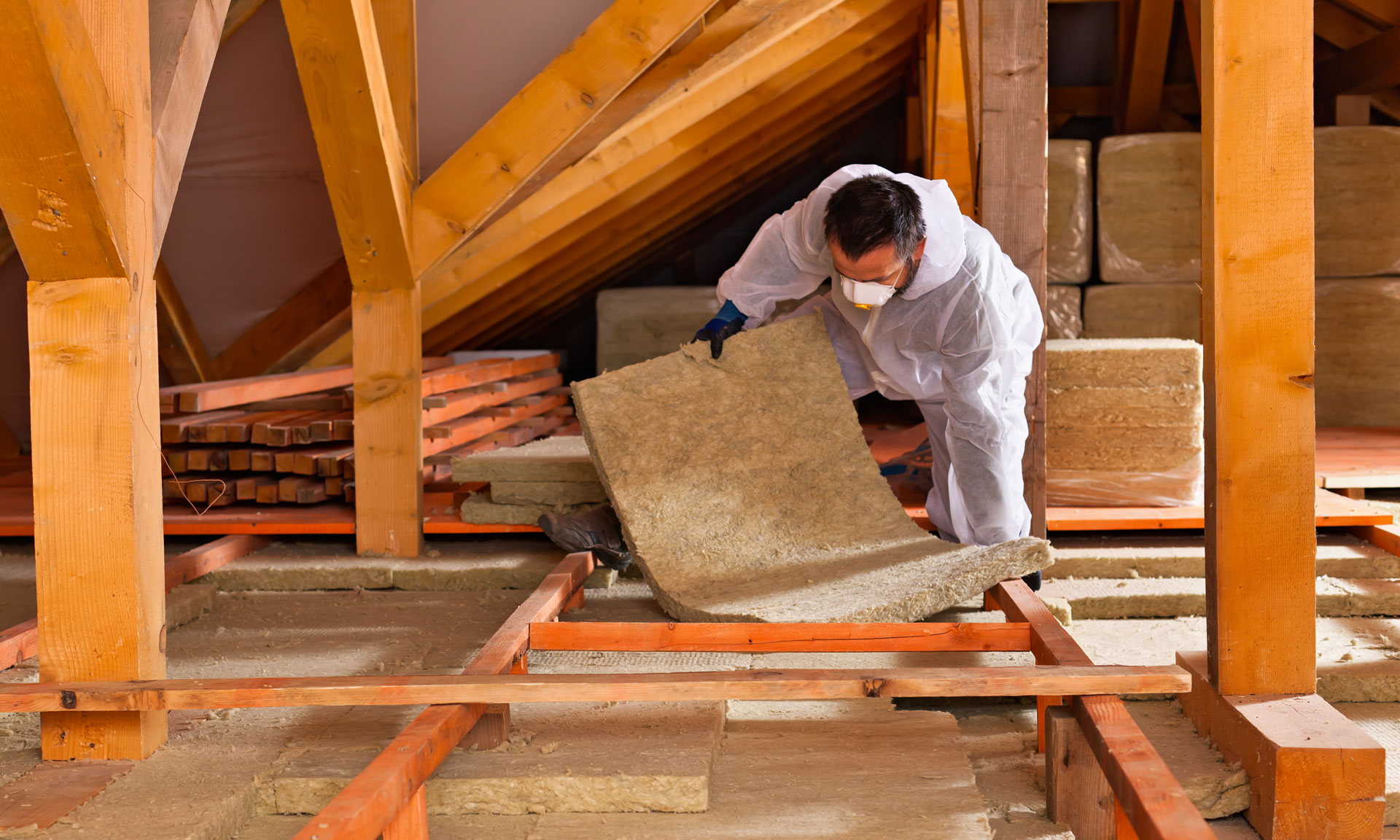
When it comes to the best practices for energy conservation, many homeowners overlook the importance of attic insulation. In this blog post, we aim to shed light on this essential yet often neglected aspect of home improvement.
Table of Contents
What is Attic Insulation?

Source: cse.org.uk
The concept of attic insulation centers around reducing energy consumption and maintaining optimal indoor temperatures. By acting as a barrier, insulation in your attic can prevent unwanted heat transfer, keeping your home warm in the winter and cool in the summer.
The Evolution and Science of Insulation
Over the centuries, the art of insulation has dramatically evolved, with technological advancements facilitating more efficient materials and application methods. However, the basic principle has remained the same: to impede heat transfer.
Heat naturally flows from warmer to cooler spaces until there’s no temperature difference. Insulation slows down this heat flow, hence contributing to the energy efficiency of your home. In simpler terms, a well-insulated attic keeps the warmth inside during winter and outside during summer, translating to considerable energy savings over time.
Exploring Types of Attic Insulation
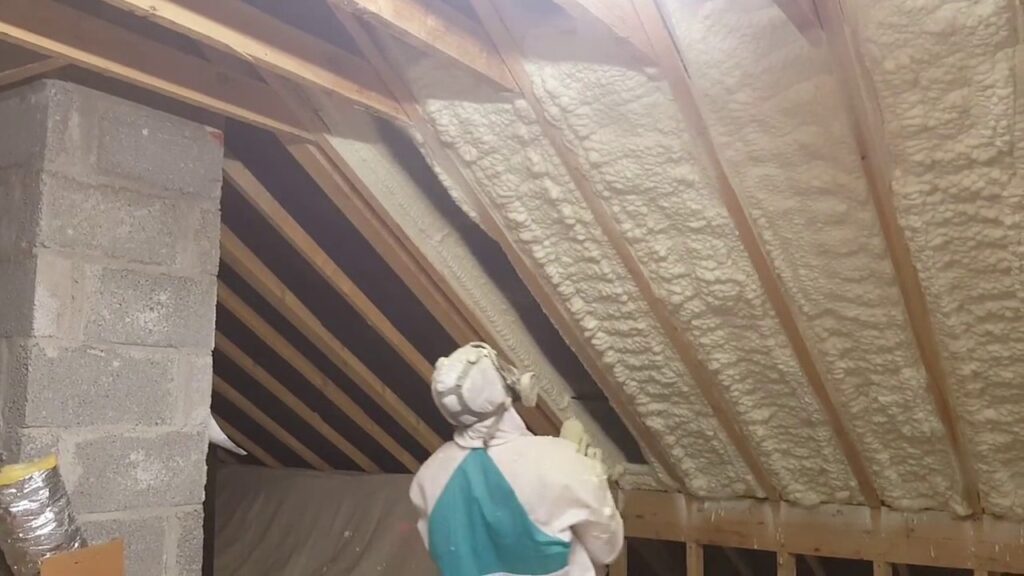
Source: uvaluesprayfoam.ie
When considering the best attic insulation, you’ll be presented with a variety of options. It’s important to familiarize yourself with the pros and cons of each to make an informed decision. Let’s delve into some of the most common types of attic insulation.
Fiberglass Insulation
Due to its versatility and cost-effectiveness, fiberglass insulation is a widespread choice among homeowners. Manufactured from fine strands of glass woven into an insulation material, fiberglass is available in two forms. The first form is batts, which are pre-cut panels that can be fit between studs, joists, and beams. The second form is loose-fill or blown-in, where small particles of fiberglass are blown into the attic using special machinery. This method provides excellent coverage, particularly for tight corners and spaces.
While fiberglass insulation is generally easy to install, it requires proper handling to avoid potential health risks. The tiny glass shards can irritate the skin and lungs, necessitating protective clothing and masks during installation. In terms of thermal resistance, fiberglass performs well, although it may not be the most efficient option in extremely cold climates.
Cellulose Insulation
A great alternative for those looking for a more environmentally friendly option is cellulose insulation. Made primarily from recycled paper products, cellulose is treated with chemicals to increase fire resistance. Like fiberglass, it can be installed as loose-fill, making it ideal for attics with irregular shapes or obstructions.
One of the most significant advantages of cellulose is its excellent thermal performance. It has a higher R-value (a measure of thermal resistance) per inch compared to fiberglass, which means it’s more efficient at reducing heat transfer. However, cellulose insulation tends to settle over time, which can decrease its R-value, requiring occasional additional layers. It’s also worth noting that if exposed to significant moisture, cellulose can absorb water, leading to potential mold issues.
Spray Foam Insulation
Finally, spray foam insulation, while more expensive than fiberglass or cellulose, offers superior performance in terms of insulation and air sealing. As the name suggests, it’s sprayed into place, where it expands and hardens, filling gaps and creating a tight air seal. This not only helps control temperature but also reduces the infiltration of allergens and pests.
There are two types of spray foam: open-cell and closed-cell. Open-cell foam is lighter and cheaper but offers a lower R-value. Closed-cell foam, on the other hand, is denser and provides excellent thermal resistance and strength but at a higher cost.
Though spray foam provides top-notch insulation, it requires professional installation due to the complexity of the process and the chemicals involved, which can pose health risks if not handled correctly.
Environmental Impact of Insulation Types
Each type of insulation carries different environmental implications. Fiberglass, for instance, is made from abundant resources but requires significant energy to manufacture. Cellulose, being made from recycled paper, has a lower carbon footprint but could potentially support mold growth if exposed to moisture. Spray foam, on the other hand, has excellent longevity but involves chemicals that may raise environmental concerns.
Choosing the Right Insulation for Your Home
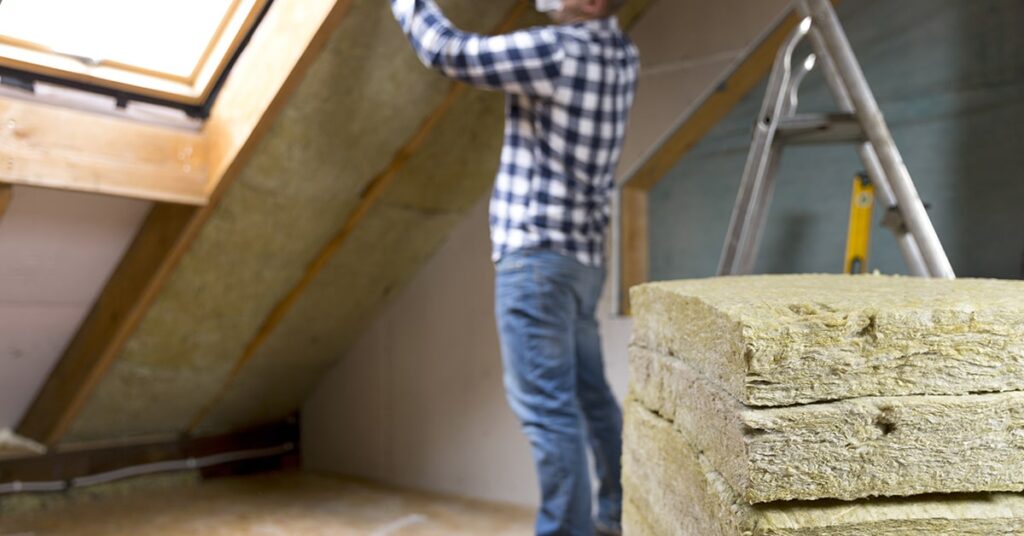
Source: reenergizeco.com
Selecting the best attic insulation for your home is more than just picking a product off the shelf. It’s a decision that requires careful thought and understanding of your specific needs and circumstances.
Start by assessing the climate of your area. For example, if you live in a region with extreme winters, high-performance insulation like spray foam might be a wise investment. Conversely, in milder climates, fiberglass or cellulose may suffice.
Next, consider your home’s design and structure. If your attic has a lot of hard-to-reach spots or obstructions, loose-fill cellulose or spray foam can offer comprehensive coverage. For a more straightforward, accessible space, fiberglass batts may be a cost-effective choice.
Budget is also a significant consideration. While spray foam offers superior performance, its high initial cost might not suit everyone’s pocket. On the other hand, fiberglass and cellulose offer a balance of affordability and performance. Remember, the cheapest option isn’t always the most cost-effective in the long run. Consider potential energy savings over time, as a higher-performing insulation could lower your energy bills significantly.
Lastly, it’s wise to seek professional advice. Engaging with the best attic insulation company can provide valuable insights and recommendations tailored to your specific circumstances, ensuring you get the most out of your insulation investment.
Debunking Misconceptions about Attic Insulation
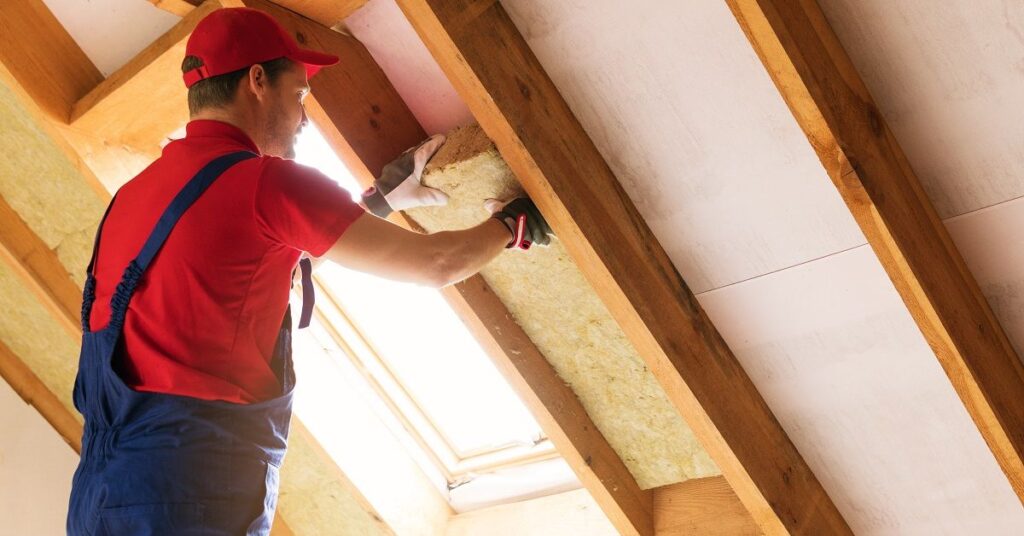
Source: reenergizeco.com
Despite the clear benefits of attic insulation, misconceptions abound. One common myth is that all types of insulation are essentially the same, which, as we’ve discussed, isn’t true. Each type has distinct characteristics, performance levels, and environmental impacts. It’s essential to make an informed decision backed by scientific evidence and expert opinions.
Investing in proper attic insulation is a smart move for homeowners who wish to reduce their energy consumption, maintain comfortable indoor temperatures, and contribute positively to the environment. By understanding the different types of insulation and their implications, you can make an informed decision that best suits your home’s needs and circumstances.



